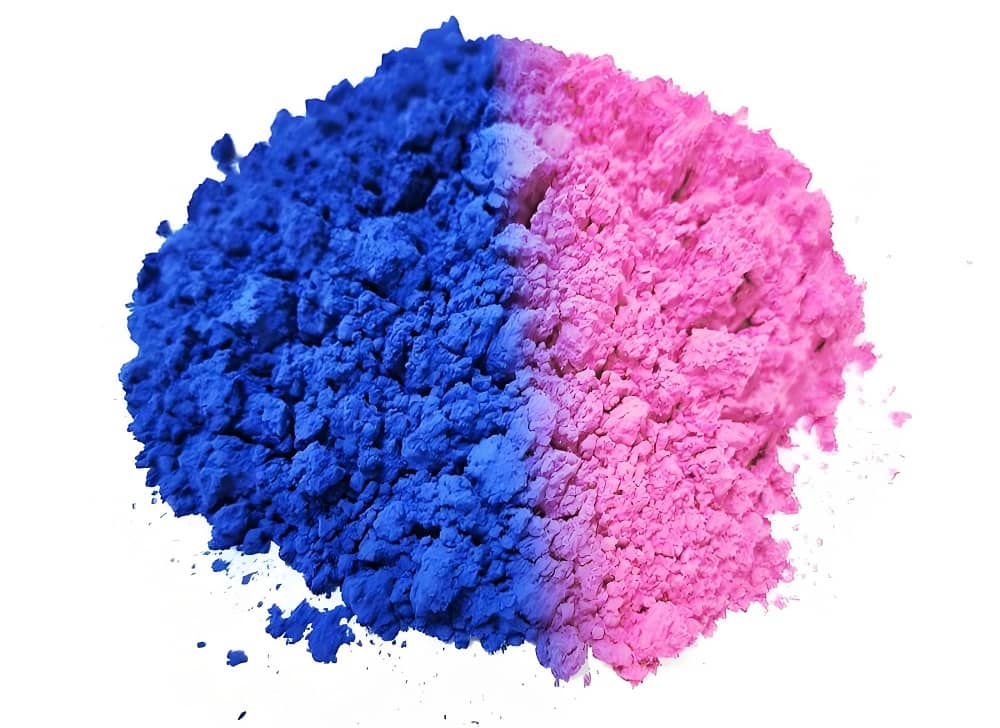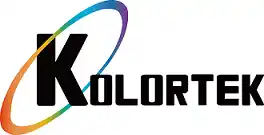Storage Methods for Thermochromic Pigment Powder
September 20th, 2024Thermochromic pigment powder undergoes rigorous quality testing and multiple layers of inspection before it reaches the market. Composed of organic compounds based on electron transfer mechanisms, its color-changing properties are accomplished through altering molecular structures at specific temperatures to cause color shifts. While thermochromic pigments offer unique benefits over conventional pigments, their chemical nature means they require special handling in order to remain functional over time.
Understanding Thermochromic Pigments’ Composition and Mechanism
Thermochromic pigments are composed of electron transfer organic compounds designed for use as part of a chromophore system, designed to exhibit color when exposed to specific temperatures. This color shift results from electron transfer altering molecular structures of pigment molecules; at certain temperatures thresholds electrons reassign themselves within organic molecules and cause noticeable color shifts – an effect reversible by changing temperature; making these thermochromic pigments ideal for applications where dynamic temperature-based visual changes are desired.
However, their reversible nature means thermochromic pigments are inherently less stable than traditional pigments. Stability often correlates with resistance to change; however, thermochromic pigments’ ability to change colors requires some degree of instability – as such, resistance to light, heat, and aging is significantly decreased and special consideration must be taken when using or storing them.
1. Light Resistance
Thermochromic pigments are susceptible to light, and prolonged exposure to direct sunlight or UV rays can quickly fade them and compromise their functionality, rendering them unsuitable for outdoor applications or any setting with constant UV exposure. Instead, thermochromic pigments work best indoors where light exposure can be closely managed – avoiding direct sunlight and UV lamps can extend their lifespan and preserve their color-changing capabilities for an extended period of time.
Indoor applications that use thermochromic pigments include novelty toys, temperature-sensitive labels and interior decorative items – products like these being protected from direct sunlight can thus maintain their thermochromic effects for longer. Manufacturers should inform users that products containing thermochromic pigments should only be used indoors; alternatively they could recommend UV blocking coatings to minimize light degradation.
2. Heat Resistance
Kolortek’s thermochromic pigments can withstand short-term exposure to temperatures as high as 230°C for approximately 10 minutes, making them suitable for processes such as plastic injection molding or high-temperature curing. Their thermal stability depends on whether they’re in their colored (chromatic) state; otherwise their ability to tolerate heat diminishes once in their colorless state.
Pigments will degrade if exposed to temperatures over 80°C for extended periods. When exposed to temperatures exceeding 75°C for more than 24hrs, the organic compounds that comprise a thermochromic system begin to break down, rendering the pigment useless due to high heat disrupting its delicate molecular structure which enables its color-changing capabilities. Therefore, when manufacturing processes involve thermochromic pigments it’s vital that manufacturers carefully monitor temperature during processing in order to prevent pigment degradation and ensure color change properties remain functional.

Practical Applications and Considerations
Thermochromic pigments offer many applications, especially where dynamic color change based on temperature can enhance product functionality or aesthetic appeal. Unfortunately, due to their sensitivity to light and heat they should only be used in environments in which these environmental elements can be controlled.
Indoor Applications: As noted previously, thermochromic pigments are ideal for applications used indoors away from direct sunlight and heat sources, such as being embedded into items like:
- Temperature-sensitive toys and gadgets
- Novelty cups and mugs that change color when filled with hot liquids
- Labels that display temperature changes for food or beverages
- Interior design elements like wallpaper or decorative tiles
Manufacturing Processes: Thermochromic pigments add temperature-responsive features to plastic and resin products during processes like injection molding or coating, yet manufacturers must pay careful attention to duration and intensity of heat applied during these procedures to maintain the functionality of these pigments. Furthermore, manufacturers should take note of any variations between thermal stability between their chromatic and colorless states when processing conditions are adjusted accordingly.
Optimizing Storage Conditions
Proper storage of thermochromic pigments is crucial to their life and efficacy, and should ideally take place in temperatures kept below 25degC. High humidity or fluctuating temperatures can damage these pigments prematurely and reduce their color-changing abilities.
- Temperature Control: Store thermochromic pigments in an environment where temperatures remain stable and do not exceed 25°C. Avoid storing them near sources of heat, such as industrial equipment, or in areas exposed to direct sunlight.
- Humidity: Moisture can also impact the stability of thermochromic pigments. Store them in a dry place with low humidity levels. Packaging the pigments in airtight containers can help protect them from environmental moisture.
- Light Exposure: As thermochromic pigments are light-sensitive, they should be stored in opaque or UV-blocking containers to prevent any unnecessary exposure to light, especially UV rays. This ensures the pigments retain their properties until they are ready to be used.
Kolortek Thermochromic pigment powder provide many fascinating and versatile applications, but their special properties require careful handling and storage. Their susceptibility to light, heat and environmental factors necessitate proper storage techniques in order to extend their functionality and maximize performance. By understanding their characteristics and following recommended storage practices manufacturers and end-users alike can take full advantage of thermochromic pigments’ dynamic effects while experiencing all that thermochromic pigments can offer.
